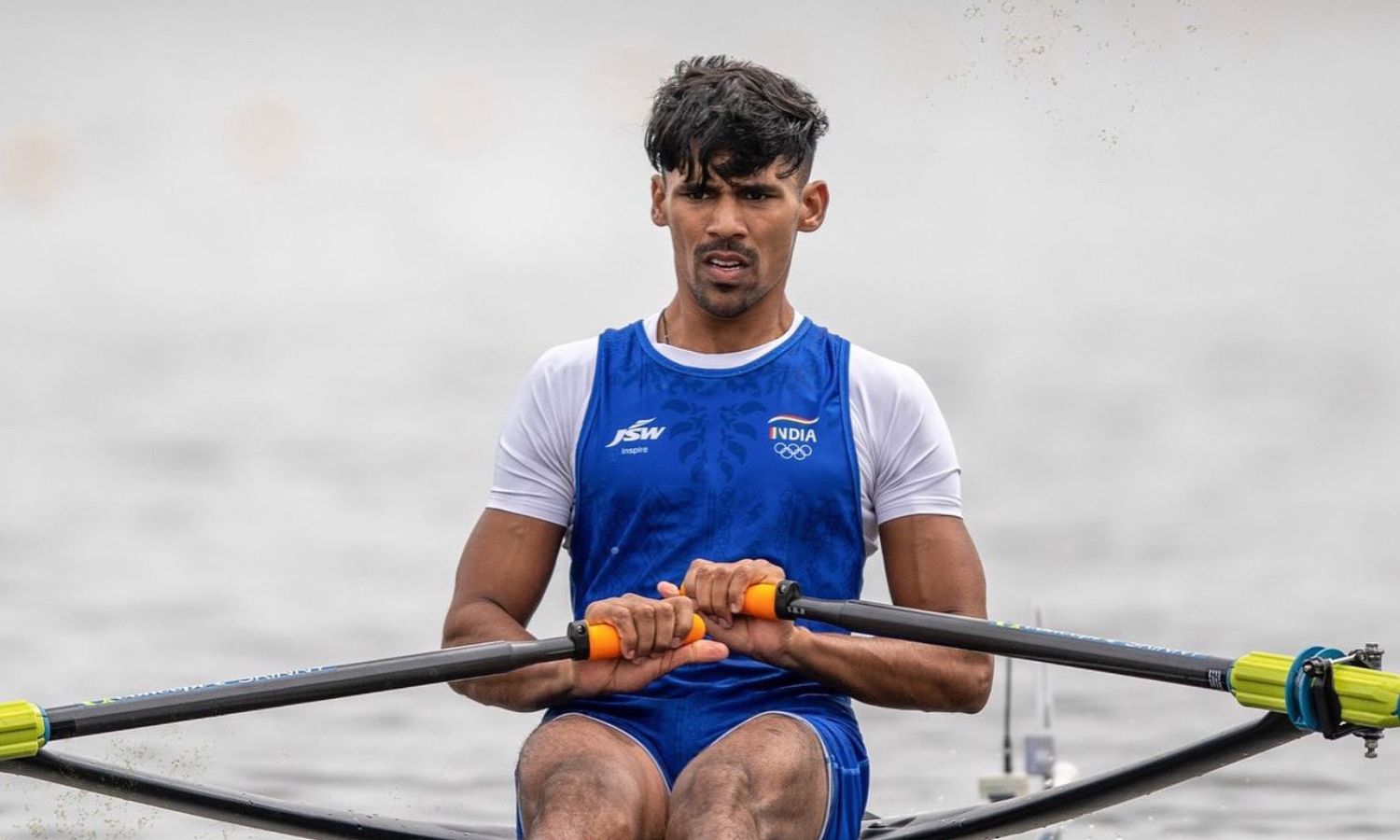Balraj Panwar, India’s sole representative in rowing, advanced to the repechage round of the 2024 Paris Olympics on Saturday after finishing fourth in the first heat of the men’s singles scull competition.
The 25-year-old rower clocked a time of 7:07.11, trailing New Zealand’s Thomas Mackintosh (6:55.92), Greece’s Stefanos Ntouskos (7:01.79), and Egypt’s Abdelkhalek Elbanna (7:05.06).
In Olympic rowing, the top three finishers in each heat automatically qualify for the quarterfinals. Those who do not secure a top-three finish, like Panwar, move to the repechage round, providing a second opportunity to advance to the later stages of the competition.
What is repechage?
The term “repechage” originates from French, meaning “to rescue” or “to fish out again,” and is used in sports such as rowing and wrestling.
It allows competitors knocked out in the early rounds to have another chance at qualifying for subsequent rounds.
In rowing, each initial heat advances a certain number of athletes directly to the quarterfinals based on their finishing positions.
Those who do not make these automatic qualifying spots are given a second chance through the repechage heats.
The fastest competitors in the repechage rounds then proceed to the quarterfinals, ensuring that a single early setback does not eliminate them.
For athletes like Panwar, the repechage round is a crucial opportunity to continue competing for medals.
This system keeps the competition exciting and ensures that the best athletes have multiple chances to prove their mettle and advance in the tournament.
